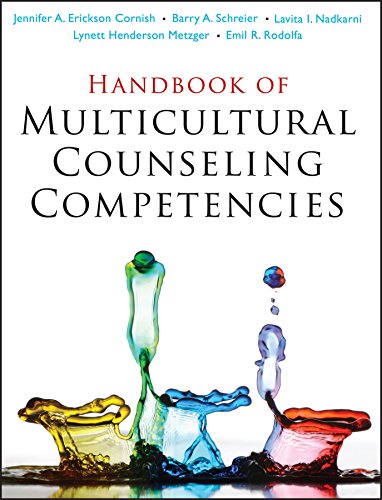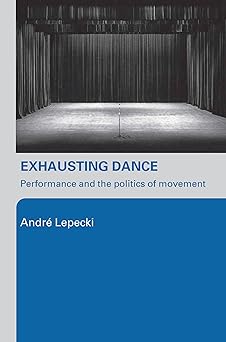
The Multitasking Myth: Handling Complexity in Real-World Operations (Ashgate Studies in Human Factors for Flight Operations) (PDF/EPUB Version)
$18.99
Description
Multitasking is endemic in modern life and work: drivers talk on cell phones, office workers type while answering phone calls, students do homework while text messaging, nurses prepare injections while responding to doctor’s calls, and air traffic controllers direct aircraft in one sector while handling additional traffic in another. Whether in daily life or at work, we are constantly bombarded with multiple, concurrent interruptions and demands and we have all somehow come to believe in the myth that we can, and in fact are expected to, easily address them all – without any repercussions. However, accumulating scientific evidence now reveals that multitasking increases the probability of human error. This book presents a set of NASA studies that characterize concurrent demands in one work domain, routine airline cockpit operations, in order to illustrate that attempting to manage multiple operational task demands concurrently makes human performance in this, and in any domain, vulnerable to potentially serious errors and to accidents. The authors review evidence that individuals often overestimate their ability to multitask, and explain why human capacity to perform more than one task at a time effectively is severely limited. Working from flight manuals, classroom and simulator training, their own jumpseat observations, and incident reports, the authors analyze cockpit operational demands in detail and go on to show that existing procedures sometimes exacerbate concurrent task demands and that existing training does not adequately prepare pilots to manage those demands. The entire book is written in a way that the principles for understanding multitasking errors and the countermeasures to such error can be applied to any area of human performance, from maintenance to surgery to nuclear power plant operation.
eBook features:
- Highlight, take notes, and search in the book

_ehq9kqkazu.jpg)
_hto0wmpffx.jpg)
_3t9zbnxhuf.jpg)
_4hc84xovgq.jpg)


_sv9arrklwn.jpg)
_pybeqjatnb.jpg)
_jqegejqbka.jpg)
_d6yhvb7jjx.jpg)






_hbpbqeiots.jpg)
_idmgqlrt91.jpg)
_(certification_press)_pfpwp1gw32.jpg)
_(certification_press)_p7lctr3fbt.jpg)

